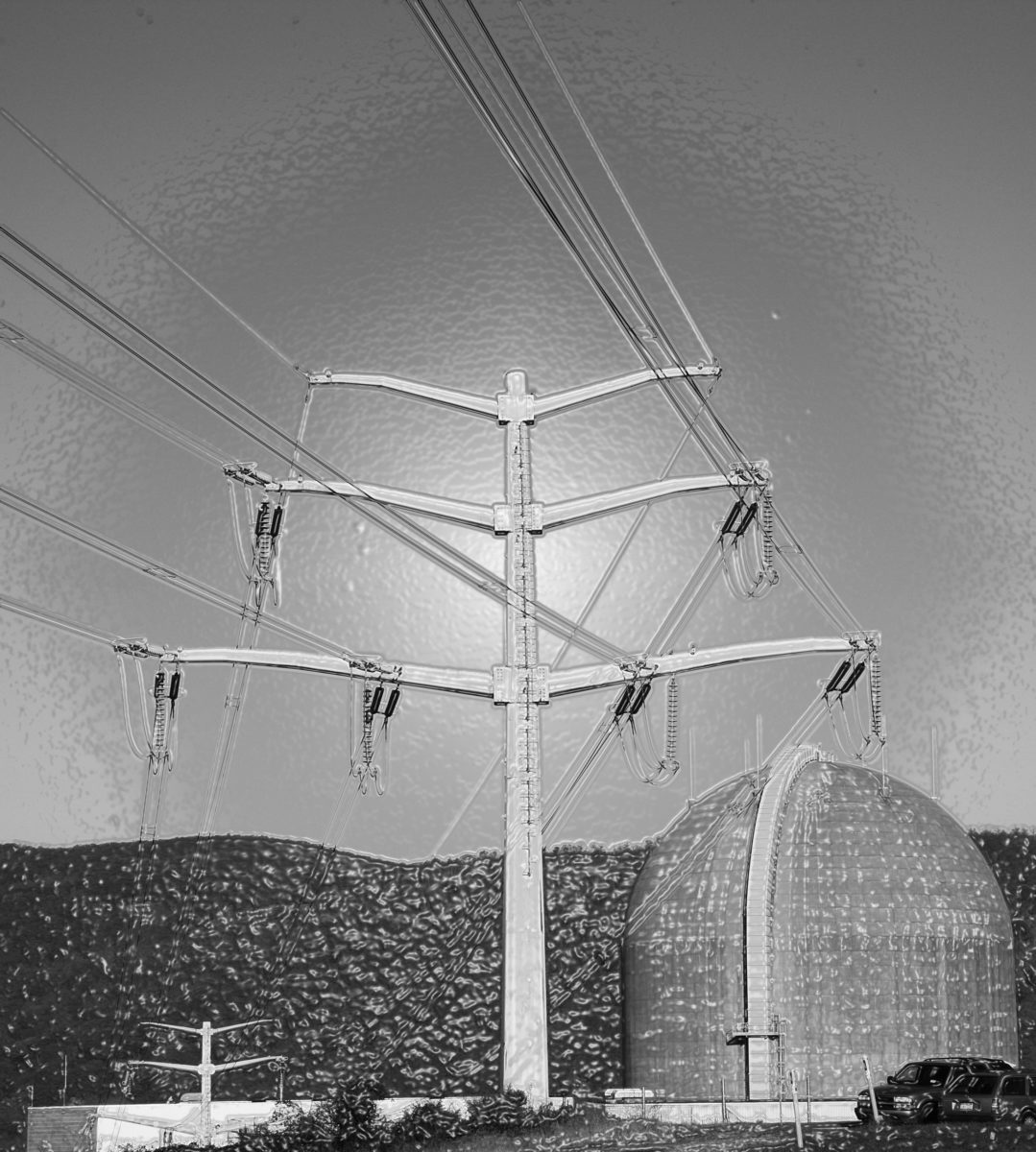
When Gov. Andrew M. Cuomo announced earlier this month the agreement to shut down Indian Point Energy Center by 2021, he won a fight he has been waging for years. But while Cuomo said he saved the region from a “ticking time bomb,” the nuclear plant”™s closing leaves a major gap in the state”™s power production that needs to be filled.
Cuomo has long opposed the nuclear plant, calling it unsafe to operate within 30 miles of New York City. His administration had filed several legal challenges to the relicensing of Indian Point”™s two reactors. Still, the plant”™s operators, Entergy Corp., said the closure has much more to do with low energy prices biting into revenues than Cuomo”™s opposition.
Regardless of what really drove the plant to close, the state and utilities now have four years to figure out how to replace the 2,000 megawatts of electricity the Buchanan plant produces.
Cuomo, in his announcement of the deal, said the state already has more than 700 megawatts ready to go in transmission upgrades and efficiency measures. Beyond that, he pointed to 1,000 megawatts ready to come online by 2021, including renewable power.
Officials with Entergy have some doubt that the region can withstand the loss of the plant”™s output, which contributes about 25 percent of Westchester and New York City”™s power.
“I think that remains to be seen,” said Bill Mohl, president of Entergy Wholesale Commodities, at a press conference announcing the plant”™s closing. “Obviously they need this plant for reliability … so it will be up to the state to come up with plans to replace this capacity in a timely matter.”
In its 2016 Reliability Needs Assessment, the New York Independent System Operator said there would be impacts on reliability if Indian Point were to deactivate in 2017.

Still, the plant will not close immediately. A spokesperson with NYISO said that once it receives a retirement notice from Entergy, it will start a new review examining how the closing could impact reliability.
There”™s also the question of what types of energy will be used as a replacement. The plant”™s closing comes at a time when Cuomo is working to position New York as a leading state in the fight against global climate change. The Clean Energy Standard, approved by the state”™s Public Service Commission in 2016, mandates that utilities operating in New York receive at least half their power through renewable sources by 2030.
A study commissioned jointly by the environmental groups Riverkeeper and the Natural Resources Defense Council in 2012 pointed to a mix of new renewable, transmission and energy efficiency upgrades as capable of filling the gap left by Indian Point’s closure.
An analysis last year by the Federal Energy Administration found that a combination of natural gas and coal was used more commonly than renewable sources to make up for lost energy from nuclear.
“We would like to see the closing of Indian Point be a challenge issued to replace it with neutral-carbon or very low carbon sources,” said Robert Freudenberg, director of energy and environmental programs for the Regional Plan Association. “Not just the easy route of replacing it with natural gas. Really use this as an opportunity to usher in a renewable future for Westchester County and New York overall.”
He said that the state will need to double down and ramp up its production of renewable energy resources in the state.
Cuomo”™s public statements indicate he”™ll try to push any replacement toward renewable energy. He has promised there will be no increase in carbon emissions from the plant’s closing. In another proposal this month, Cuomo pledged to reduce greenhouse gas emissions in the state an additional 30 percent below 2020 levels by 2030.
A proposed 333-mile Champlain Hudson Power Express transmission line could help fill in some of the power needs for the region. The line would bring about 1,100 megawatts to the region from hydropower in Quebec. The $2.2 billion line, proposed by Transmission Developers Inc., an affiliate of Blackstone Group LP, would run underground from the Canadian border, through the Hudson River and into converter stations in Astoria, Queens.
Through the $1 billion NY-Sun program, the state is offering incentives for residential and commercial solar that it said could add more than 3,000 megawatts in the state by 2023.
Cuomo is also supporting offshore wind projects. He called on the Long Island Power Authority to approve a 90-megawatt project near Montauk and encouraged the development of a potential 800-megawatt wind farm off the Rockaway Peninsula on Long Island.
The first project, about 30 miles off the coast of Montauk, is proposed by Deepwater Wind LLC and would be the largest and only second offshore wind farm in the U.S. when completed. But it would be dwarfed in size by the 800-megawatt project Cuomo talked up in a recent press release.
In December, the Norwegian energy company Statoil put up $42.5 million to win an auction for a lease from the federal government on 79,000 ocean acres about 17 miles off the Rockaway shore. If the project is approved, the wind farm is capable of producing 1,000 megawatts of power, with phased development expected to start between 400 and 600 megawatts, according to a press release from Statoil.
Cuomo pointed to the two projects as steps toward a goal to develop up to 2,400 megawatts of offshore wind power by 2030, which the governor”™s office said should be capable of powering 1.25 million homes.
But that leaves the state with a lot of projects before 2021. That has groups such as the New York Affordable Reliable Electricity Alliance Inc. and The Business Council of Westchester concerned not only for the loss of local jobs from Indian Point, but also how its closing could drive up energy costs.
Arthur Kremer, chairman of New York AREA, said in a statement that the closing will mean higher electricity, lost economic opportunities and increased carbon emissions.
Westchester County Executive Robert P. Astorino called Cuomo”™s claims that the state can replace Indian Point”™s power “fake news” at a Westchester County Association event.
At the Entergy press conference on Jan. 9, Mohl said that without nuclear power helping reliability, the state would need a lot of natural gas plants that can ramp up quickly to meet demand when renewables do not.
“Are you comfortable in an environment where you have only renewable and gas-fired plants and you lose the diversity of resources?” Mohl asked. “And that”™s not just here for Indian Point, it”™s across the entire nation. The question to me is, ”˜What kind of energy policy do you want?”™”
Karl R. Rábago, executive director of the Pace Energy and Climate Center in White Plains, said he saw the likely replacement for Indian Point coming through a mix of solutions. Those include initiatives pushed as part of the state’s Reforming the Energy Vision. Rábago said Indian Point”™s closing could present an opportunity for the state to continue its effort to rethink the way it generates and consumes electricity.
The REV plan calls for significant investments in energy efficiency projects, some as simple as home weatherization and LED light bulbs. The goal is to reduce energy consumption by almost a quarter by 2030. The plan also includes increased local power generation, such as community solar projects and local microgrid systems.
Those smaller projects could pair with the larger renewable projects, such as offshore wind and transmission projects, to bring in renewable energy from Canada and upstate.
“The replacement strategy has got to be multipronged and simultaneous, with a keen eye out for opportunity costs,” Rábago said.
Rábago was complimentary toward Cuomo’s energy policy, saying the long-term strategies put in place through the Clean Energy Standard and the Reforming the Energy Vision have helped position the state to replace Indian Point.
“Ten years ago, everyone would have stopped and said we can”™t live without it,” Rábago said. “Three years ago, people were saying we can”™t live without it in a foreseeable time frame. Now, by putting the pieces together, it is realistic that we can do it within the time frame set out.”






















